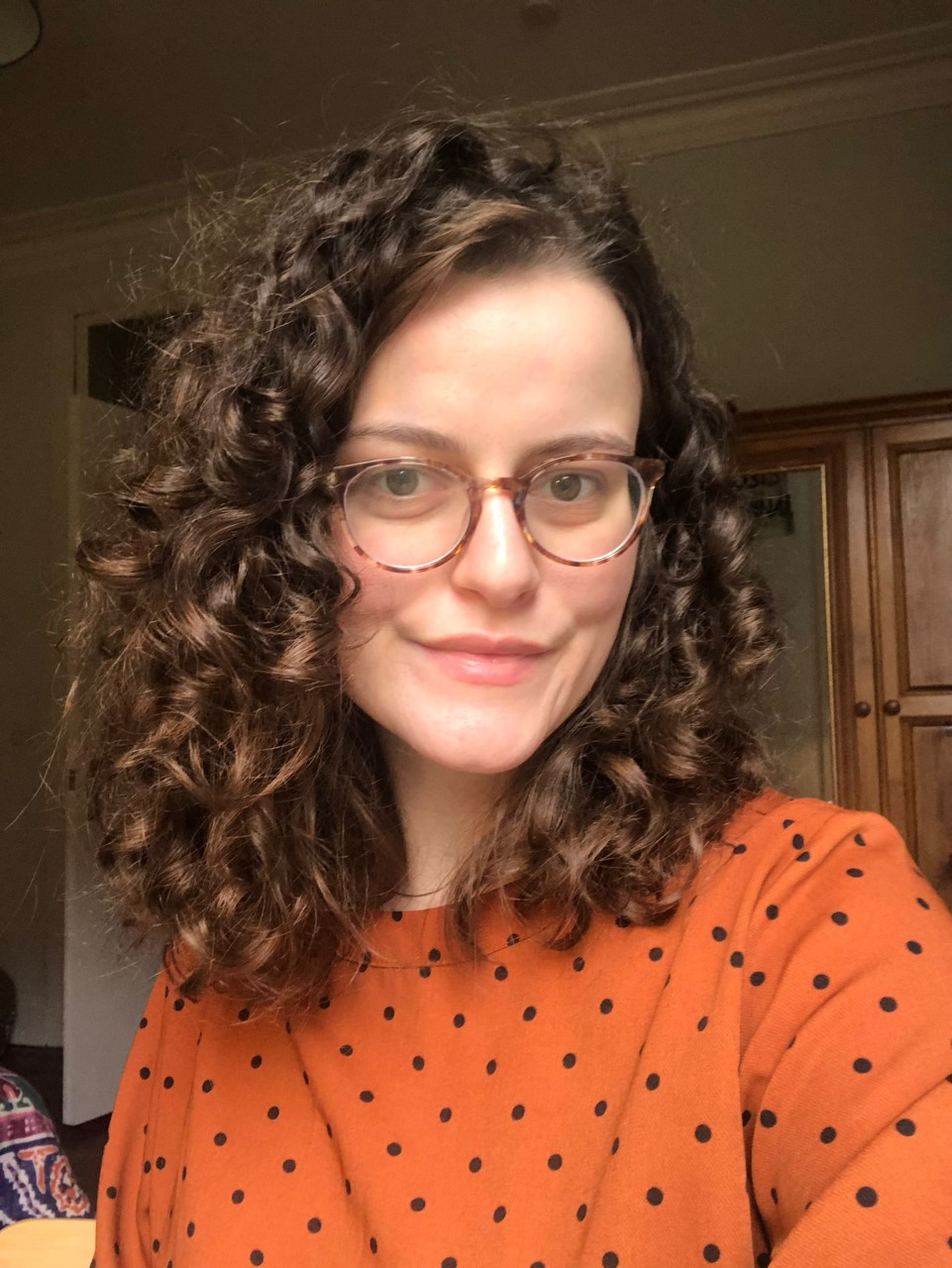William Ballard - What is your vision for LGBTQ+ health care teaching in the medical curriculum?
- alicetbarber
- Jun 30, 2022
- 3 min read
William Ballard (he/him): I am an incoming F1 in Aberdeen Scotland having just qualified at Hull York Medical School. I myself am I transgender man and quite often tell everyone that fact throughout the many bits of education and research I do across LGBTQ+ healthcare. I am working on a lot of projects from many different angles at the moment many with a focus on medical education. My end goal is to revamp the gender identity services within the UK and improve transgender healthcare across the board! In my spare time, I'm not currently doing a lot due to recovering from my top surgery, but I usually go to the gym, play baseball or do bits of digital art and painting!

I want you to visualise a medical school curriculum with me.
My curriculum used to be given to me at the start of the year each year. It was a massive document with hundreds of learning outcomes. I would sit for a few hours at the beginning of the year to see what I needed to learn and then about one month before my exams to ensure I covered everything. I would take a highlighter to the whole document, whether with a physical pen or by highlighting with my mouse on a pdf; I would highlight anything I hadn't covered.
My curriculum showed me the pbl cases I was due each week, what lectures I had to attend, the clinical skills I would learn and a little bit surrounding the LO with extra learning materials. Each PBL was a fully fleshed person, often with family or a partner, and they genuinely seemed real.
I've probably spent multiple days looking at learning outcomes (LO) during medical school, and I think I remember only one LO relating to LGBT people. It was one my PBL group had created for ourselves after a case about an individual diagnosed with HIV.
Now, Scrolling back through all my curricula I have saved, Ctrl + f can't find anything under 'LGBT', 'gay' or 'trans'. It's pretty likely yours doesn't either.
Now, let me describe to you a new curriculum.
You're sent your new curriculum on a pdf, and at first glance, nothing seems to have changed. Realistically, it's the same old curriculum. You read through, you highlight, and you know what will come up in the following lecture; your next PBL case is still Harry Flemming or Abena Naylor. Except there is a difference.
Abena Naylor may have had a bee sting that she's allergic to, but she is also the wife of another caring mother who is now worrying about their little girl's chance of developing allergies. Or Harry Flemming is coming to see you worrying about his closest friend's recent diagnosis of HIV, not because he needs testing but because of his queries about PREP and whether he would want to start it.
Not just that, but it turns out that one of the trusts in your Medical school's area has or has links to a local Gender identity Clinic. During your breast rotation, you can witness a surgeon performing a bilateral mastectomy on a transgender man. During your psychiatry rotation, you get a day with a clinician to talk to transgender individuals for the first time about their treatment options.
You look through your curriculum and find a few added extras. However, you'll find that these added extras are only the bits that couldn't be taught alongside everything else. For instance, PREP can be taught alongside HIV and sexual healthcare, LGBT mental health statistics can be integrated throughout mental health education, Transgender' Top' surgical options alongside breast care or 'bottom' surgical options alongside urology. Hormone Replacement therapy is taught alongside menopause or precocious puberty.
Despite an integrated curriculum sounding amazing, additional supplemental teaching with dedicated time to minority groups of many individuals will always help. I want to see medical schools spending time in the year where we fully educate students about intersectionality, privilege, ethnicities, race, sexuality, gender, disabilities, and so much more. We should be educating people so we can recognise dermatology conditions on all skin colours. We should understand the risks an individual faces due to where in the world their family originates. We should also know how to use someone's pronouns if they are non-binary and move away from assuming a man has a wife. We should avoid assuming that an individual, even though disabled, won't live genuine and happy.
For my final vision for LGBTQ+ health care teaching in the medical curriculum, I will leave you with what I would like a PBL classroom with a whiteboard at the end of the session looking something like this:







Apex Hospital – a trusted name for IVF treatment in India, helping families and couples in the Sirsa region achieve their parenthood dreams. Our multi-specialty hospital offers expert care in infertility support, surgery in Sirsa, and advanced laparoscopic procedures at affordable prices. With a team of highly experienced doctors and medical experts, we ensure high-quality and personalized treatment for every patient. https://apexhospitalsirsa.com/